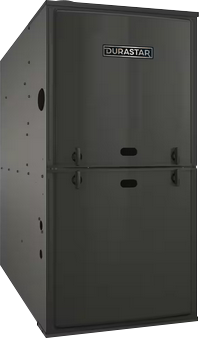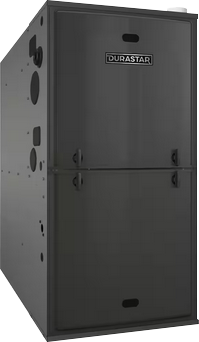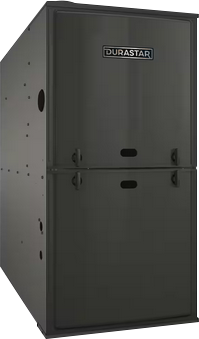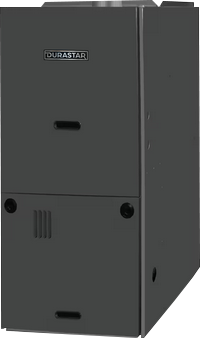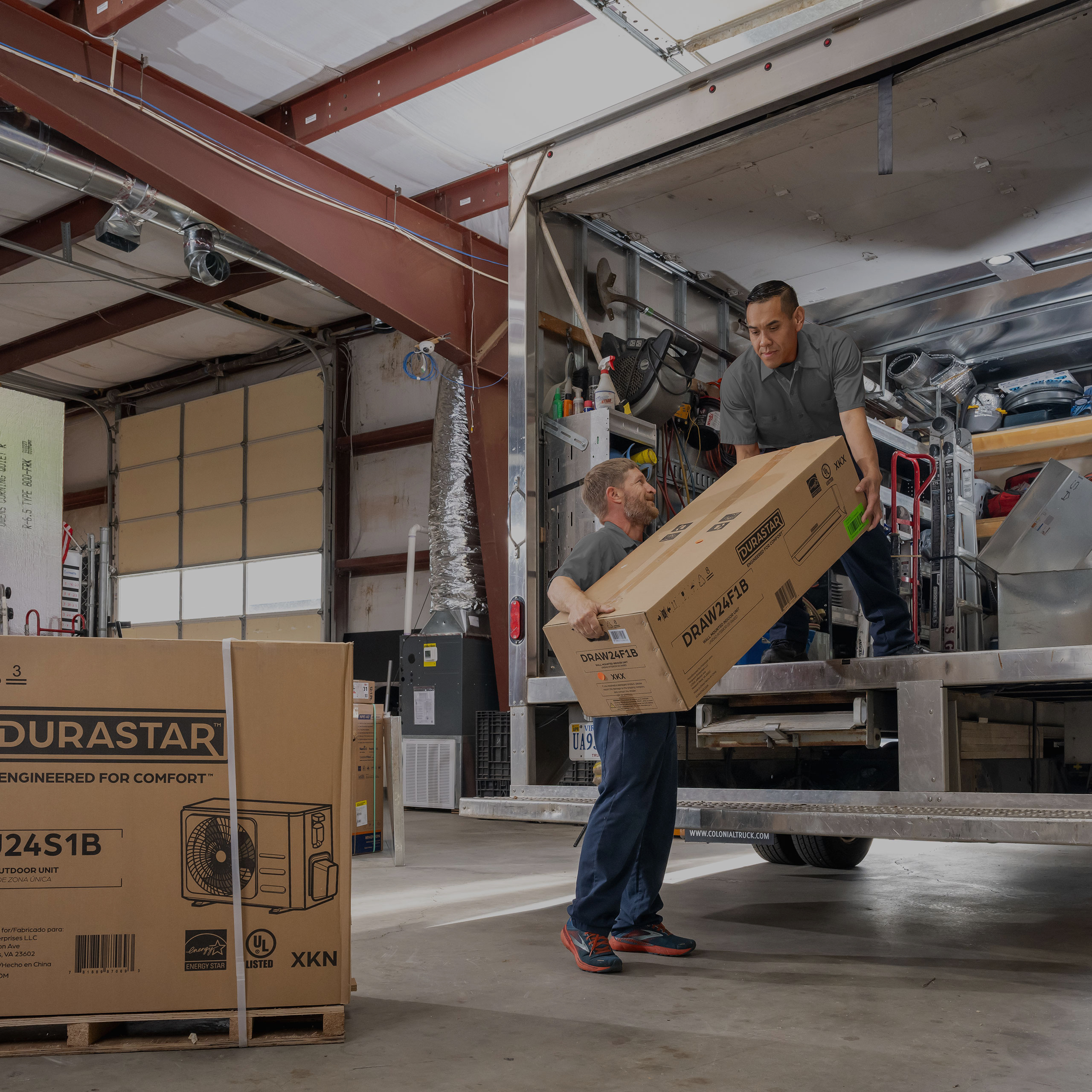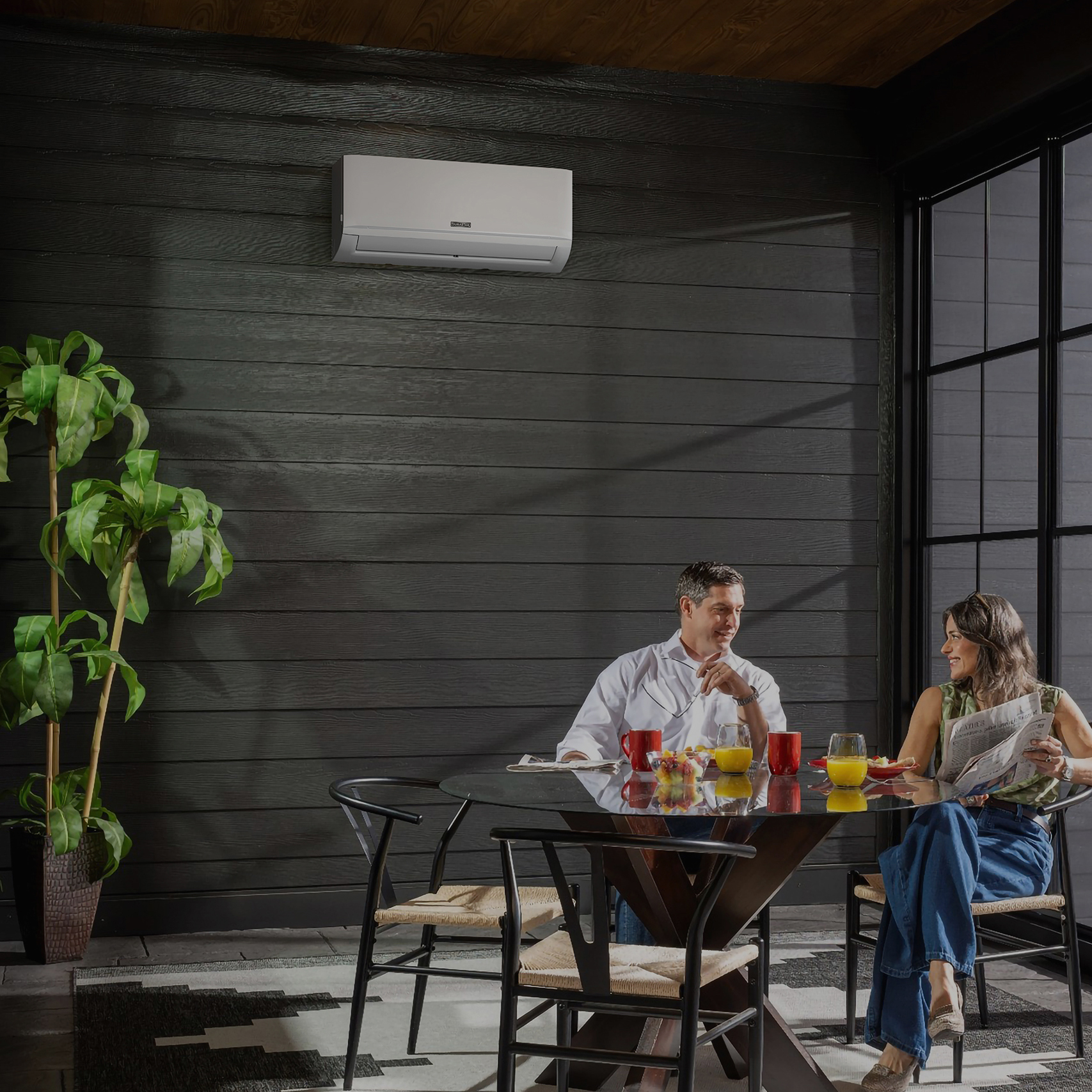Furnaces
Stay warm when the cold weather hits.
Highly tested and built to last, Durastar furnaces distribute warm air throughout your home using ducts and energy-efficient technology. To complete your HVAC system, consider pairing your new furnace with other energy-saving products from our comprehensive solutions. Talk with your contractor about which heating and cooling equipment will work best to control the temperature of your entire home and then, rest comfortably knowing you have a reliable system that is built to last, season after season.Explore tax credit and rebates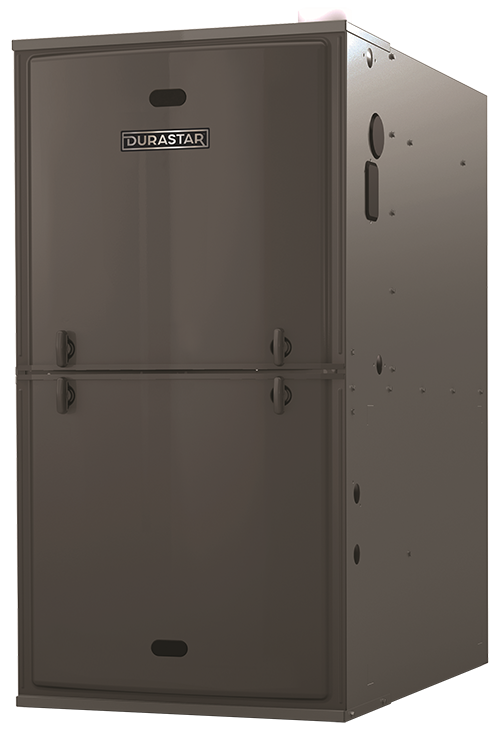
Advanced
If you’re looking to heat your entire home with premium efficiency then rely on Durastar’s Advanced Series two-stage variable speed furnaces. Not only will you benefit from increased energy savings, but also you get evenly distributed, consistent heat while maintaining the lowest possible power output.
Core
Our Core Series single-stage furnaces bring you full heating power whenever the unit detects a drop in interior temperature. When replacing outdated furnaces, our Core Series helps you keep installation expenses to a minimum, meanwhile, increasing efficiency as well as superior reliability.
Frequently Asked questions
What is AFUE?
Annual Fuel Utilization Efficiency (AFUE), is a standardized measure of efficiency for how furnaces and boilers convert energy to useable heat.
What is the main difference between a furnace and a heat pump?
Furnaces burn fuel to generate heat whereas a heat pump draws air from outdoors across the condenser coil, either releasing heat to the outdoor air when in cooling mode or absorbing heat from the outdoors, even in the coldest weather in heating mode.
How often should my furnace be serviced?
Durastar recommends your furnace to be serviced at least once a year to ensure it is functioning optimally and providing maximum comfort.
Do gas valve stages make my furnace more efficient?
Yes, in contrast to a single-stage gas valve, two-stage valves adjust their output to obtain your desired indoor temperature. That means if it is a milder day, then your system will use less energy to achieve maximum comfort. Less energy output often results in lower utility bills.
